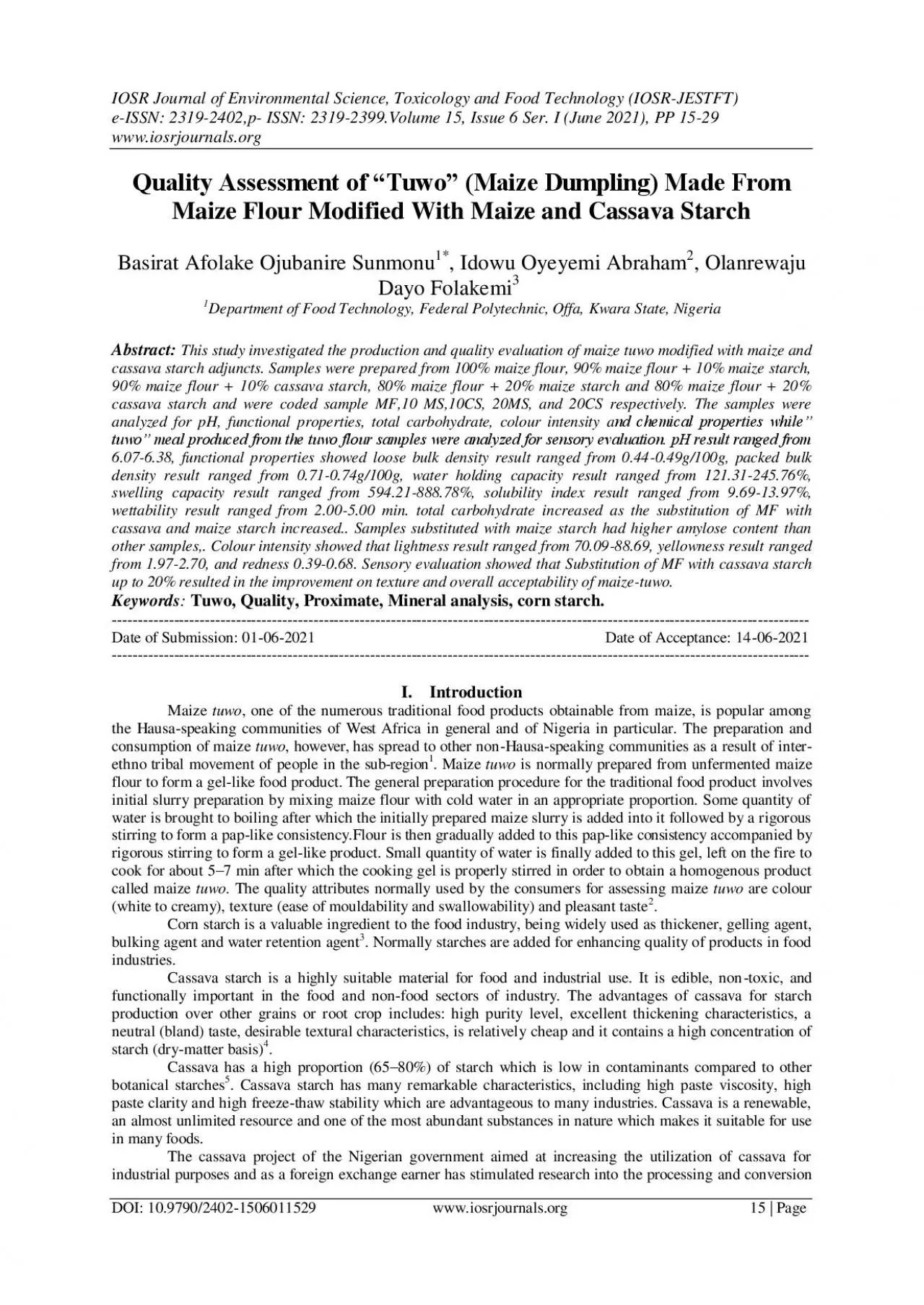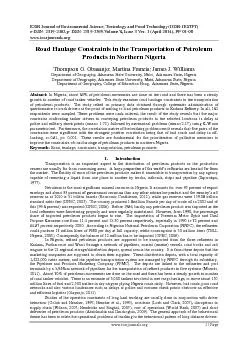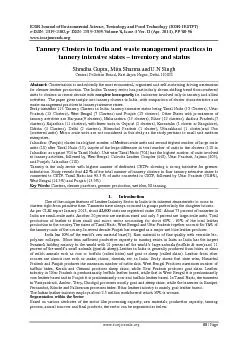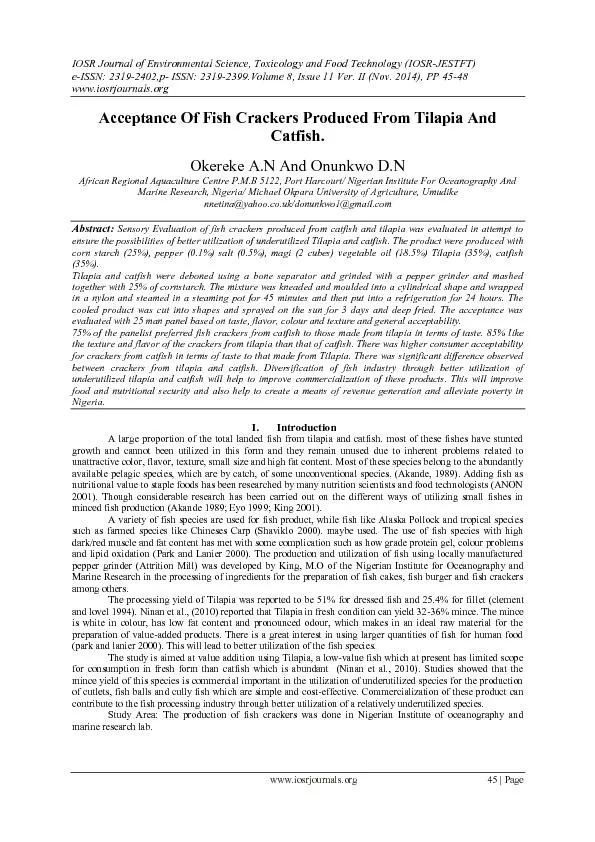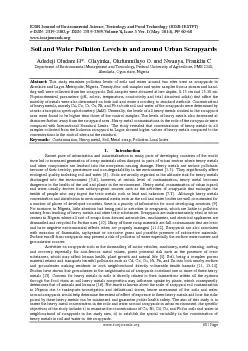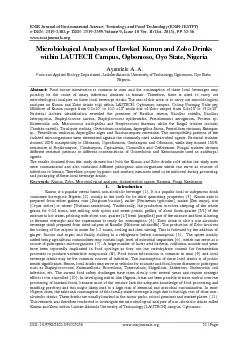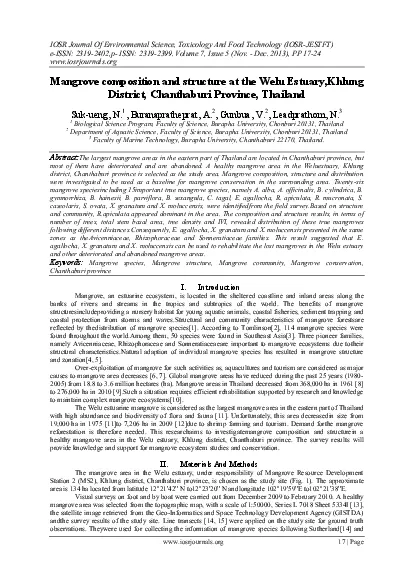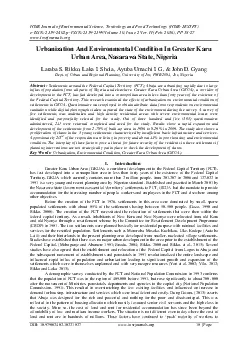PDF-IOSR Journal of Environmental Science Toxicology and Food Technology I
Author : hailey | Published Date : 2021-08-23
JESTFT eISSN 23192402pISSN 23192399Volume 15 Issue 6Ser IJune2021 PP 1529wwwiosrjournalsorgDOI 10979024021506011529wwwiosrjournalsorg 15 PageQuality Assessment of
Presentation Embed Code
Download Presentation
Download Presentation The PPT/PDF document "IOSR Journal of Environmental Science To..." is the property of its rightful owner. Permission is granted to download and print the materials on this website for personal, non-commercial use only, and to display it on your personal computer provided you do not modify the materials and that you retain all copyright notices contained in the materials. By downloading content from our website, you accept the terms of this agreement.
IOSR Journal of Environmental Science Toxicology and Food Technology I: Transcript
Download Rules Of Document
"IOSR Journal of Environmental Science Toxicology and Food Technology I"The content belongs to its owner. You may download and print it for personal use, without modification, and keep all copyright notices. By downloading, you agree to these terms.
Related Documents

